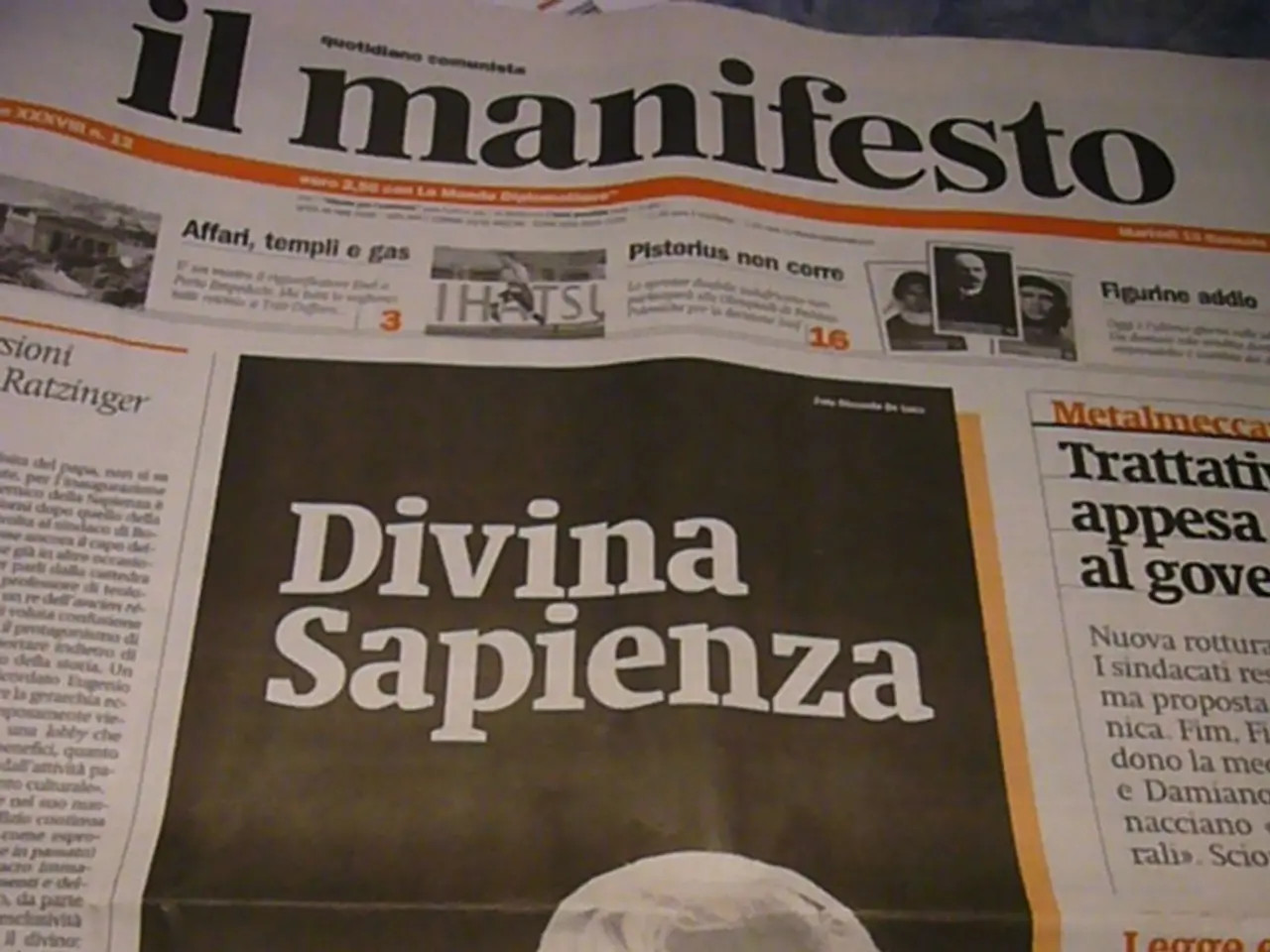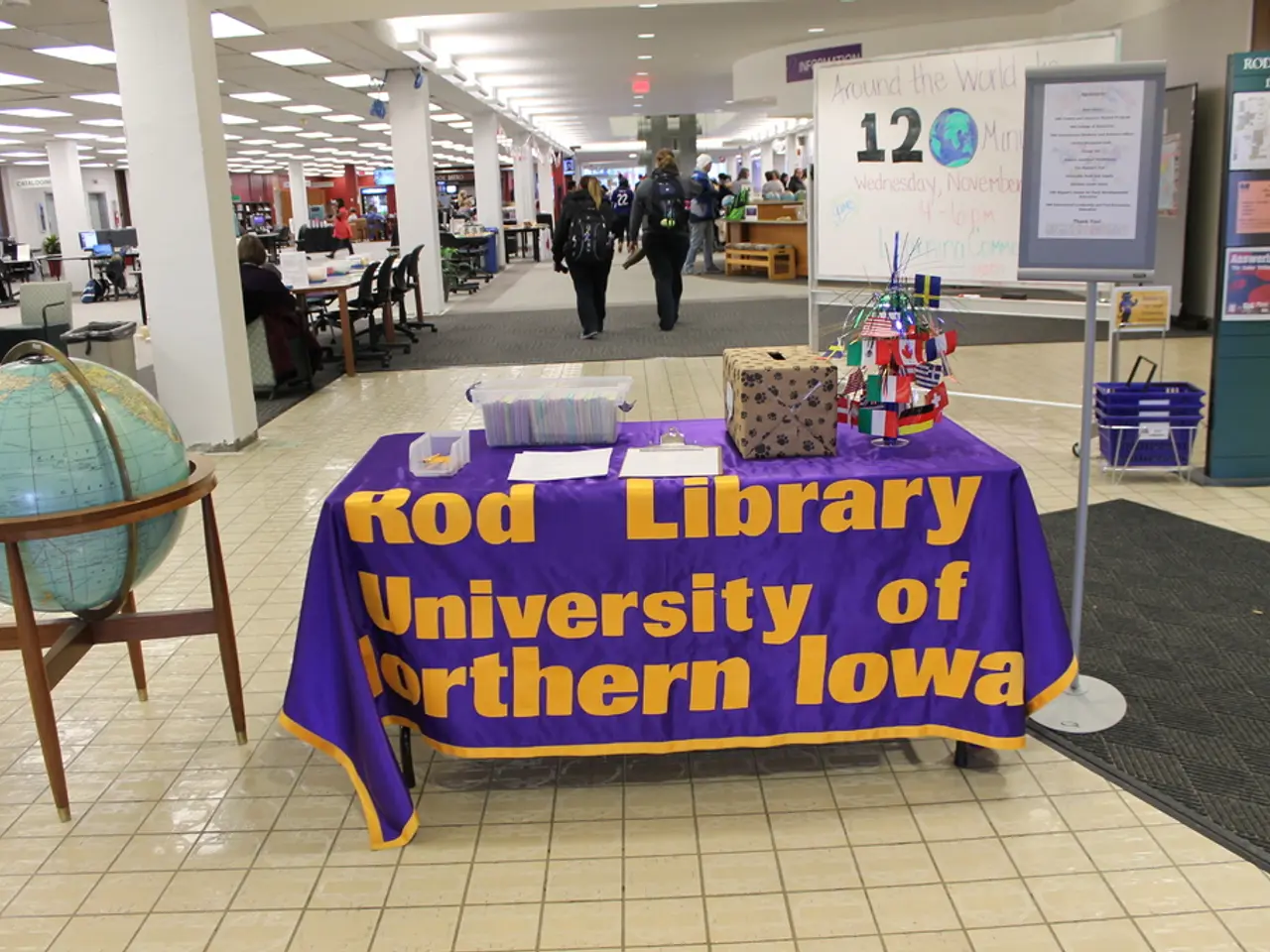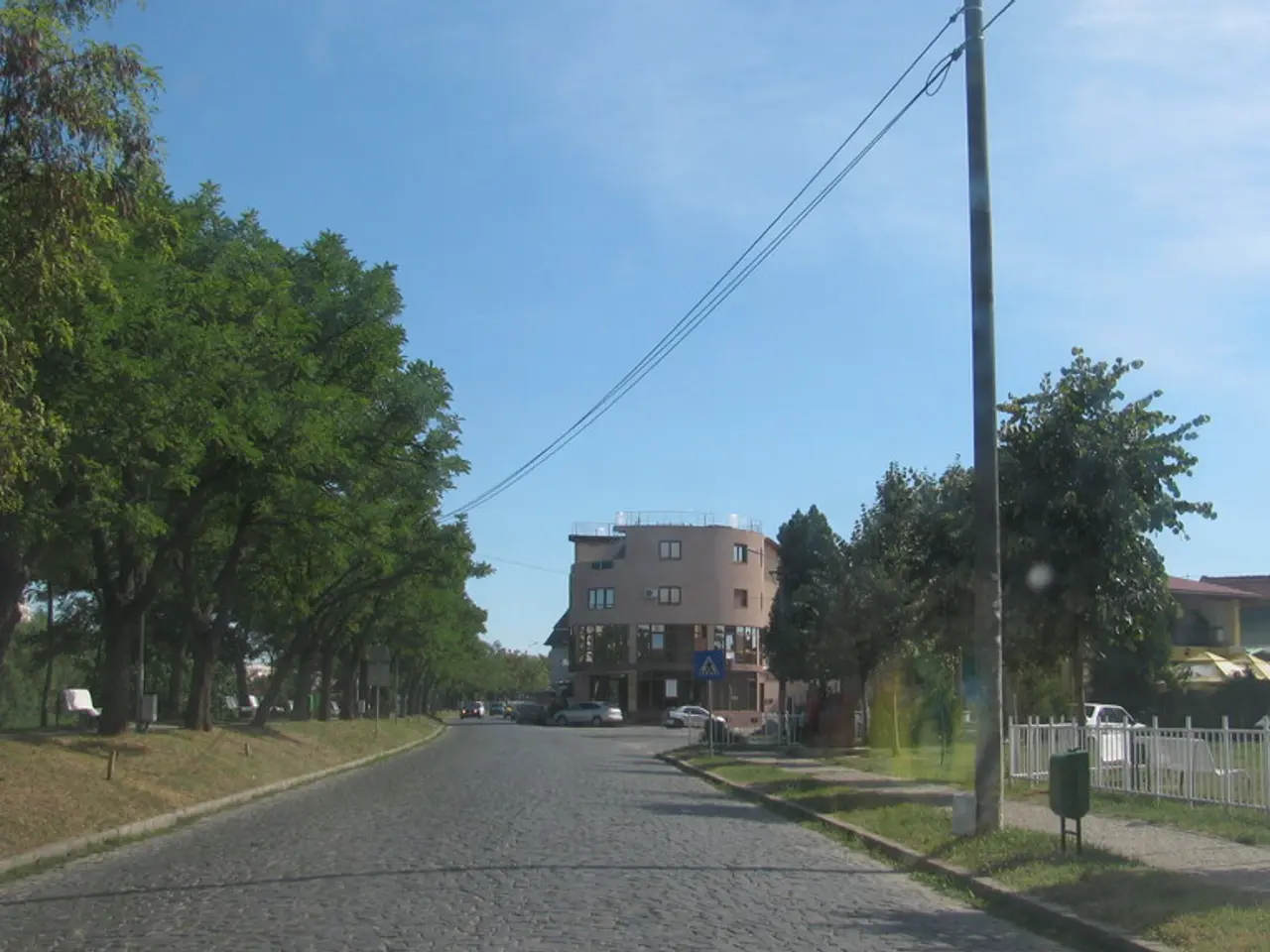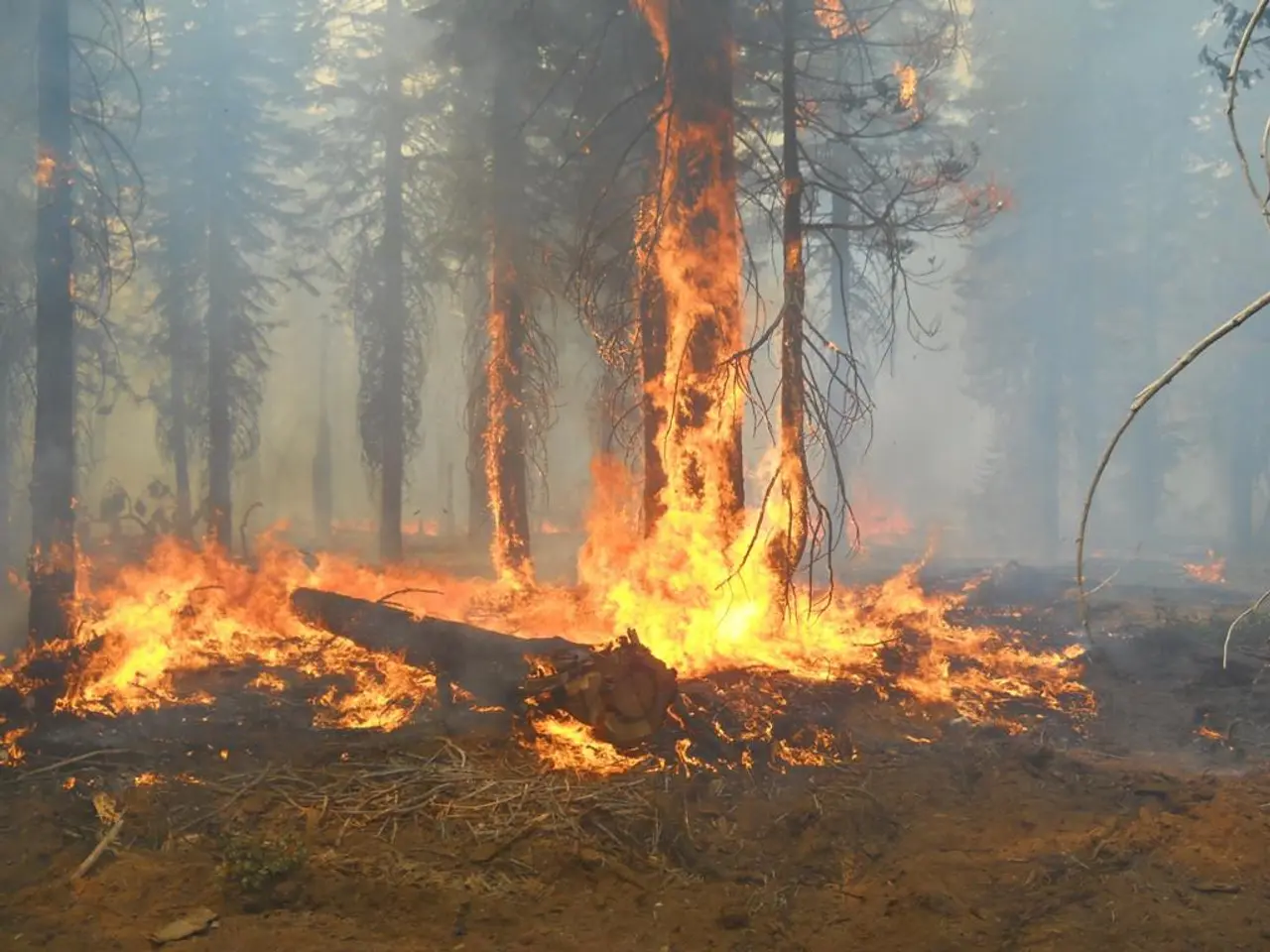Misleading information spreading rapidly across digital platforms
In the annals of journalism, the term 'fake news' has undergone a significant transformation, evolving from a descriptor of false or misleading stories to a contentious tool in modern discourse. This transformation, marked by its use as a means to discredit information that challenges political views or interests, has its roots in the early days of printed news following the invention of the printing press in the 15th century.
Historically, 'fake news' comprised fabricated stories for sensationalism or political and financial gain, such as the yellow journalism of the late 19th century which thrived on exaggerated scandals and misinformation. The phrase itself can be traced back to the late 19th century, denoting false or misleading news. For decades, it remained a descriptive term for fabricated or hoax stories, exemplified by infamous cases like Orson Welles' 1938 radio broadcast of *The War of the Worlds*, which caused public panic despite being a fictional dramatization.
However, the term evolved dramatically in the 21st century, particularly around the 2016 US presidential election. In this modern usage, 'fake news' is not limited to fabricated news but has become a tool for discrediting any media or information that opposes one's political views or interests. This shift in meaning has made it a weapon in political discourse, casting doubt on legitimate journalism or opposing opinions, rather than solely referring to objectively false information.
Advances in technology and social media have further amplified the reach and impact of fake news. The rapid sharing of misinformation and "clickbait" content, designed for profit or propaganda purposes, has made distinguishing fact from fiction more complex. Fake news now exists in a spectrum, from outright fabrications to partially true stories lacking context or skewed by bias and inflammatory language.
In summary, 'fake news' has evolved from a term describing false stories intended to mislead or sensationalize, to a contentious and politicized tool deployed in modern discourse to challenge truth claims and undercut trust in traditional media and opposing viewpoints. This transformation reflects broader societal changes in information consumption, media trust, and political polarization in the digital age.
Social media platforms have become a breeding ground for the proliferation of 'fake news', as misleading information quickly spreads, altering the landscape of entertainment and politics. In this new era, 'fake news' is no longer merely a descriptor of fabricated stories, but a strategy used to undermine any media or information that contradicts a certain ideology.







